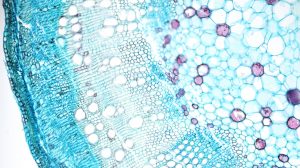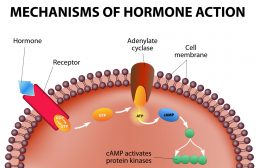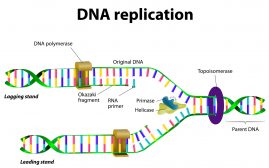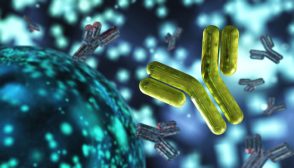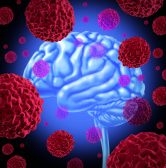Definition
noun, plural: oligopeptides
A peptide comprised of relatively small number of amino acid residues (i.e. about two to forty)
Supplement
Oligopeptides, which are sometimes simply referred to as peptides, are short chains of amino acid monomers linked via peptide bonds. The term oligopeptide is used to refer to a peptide with fewer members of amino acids as opposed to a polypeptide, which is a peptide comprised of several amino acid residues. The exact size range is a matter of opinion but oligopeptides described are typically comprised of about two to forty amino acid residues. Thus, oligopeptides include dipeptides (two amino acids), tripeptides (three amino acids), tetrapeptides (four amino acids), pentapeptides (five amino acids), hexapeptides (six amino acids), heptapeptides (seven amino acids), octapeptides (eight amino acids), nonapeptides (nine amino acids), decapeptides (ten amino acids), undecapeptides (eleven amino acids), dodecapeptides (twelve amino acids), icosapeptides (twenty amino acids), tricontapeptides (thirty amino acids), tetracontapeptides (forty amino acids), etc. Oligopeptides may also be classified according to molecular structure: aeruginosins,cyanopeptolins, microcystins, microviridins, microginins, anabaenopeptins and cyclamides.
Word origin: Ancient Greek olígoi (few) + Ancient Greek peptós (digested)
Compare:
- polypeptide
See also:

